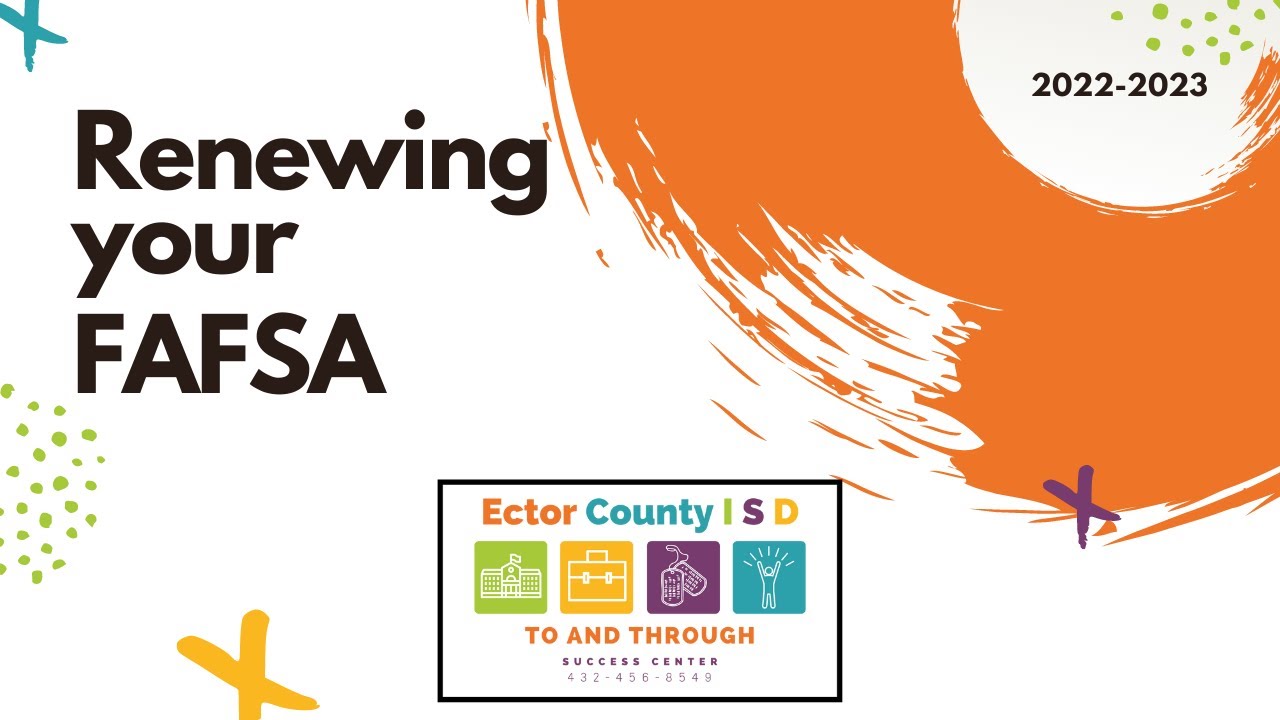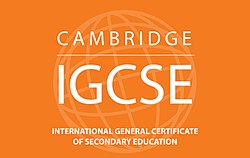
Coding is the equivalent of learning a language. Some even claim that coding represents the DNA of the digital age. Every website and mobile app, as well as every computer programme and appliance, depends on coding. Coders play an integral part in shaping the modern age. Learn more in this article
Scripting
You can automate certain functions and processes by using scripting or coding. A script can be used to automate many functions such as sending text messages or emptying recycling bins. Users can also interact with scripting languages directly. These languages allow a website to respond to user input in many ways, from using direct commands to clicking buttons. A script is typically written by a programmer and runs in a browser program.
Both scripting and coding are important to the development process. However, each language has its strengths and weaknesses. Most programming languages require some level or technical expertise to be able to complete certain tasks. Scripts can also be small, but powerful pieces. They are used to automate specific tasks within the main programme. You can read more about scripting to help you decide which one to choose. Once you understand the basics of each, you will be well on your path to automating your workflow.

Text-based coding
While many teachers start their careers with block-based code, there are several reasons to switch to text-based code. Text-based code allows students to practice many skills, develop critical thinking, build foundational knowledge, and has several other benefits. It can be hard work for beginners but it is worth the effort. Here are five ways to help your students succeed with text-based coding.
The first major advantage of text-based coding is its ability to be taught to young children, who lack fully developed psychomotor skills and are unfamiliar with keyboards. Text-based programming languages are easy to learn and can be used by even very young children. If the coding fan is truly passionate, they may wish to pursue language-based coding. The ability to command a robot through text-based codes is an important skill that can be useful later.
Correction of errors
Coding, also known as error correction, is the process of identifying and correcting errors in data before it is transmitted. Similar to parity-checking, error-correction programming is becoming more common in network transmission hardware and data storage system. The code-specific bits are stored with data. Additional bits are available to store the code. When errors are detected, the system logs them and tries to identify the source of the error.
The parity process is used to detect errors in data when error-correcting code are applied. To identify errors, the outer code uses parity bits. This process requires a number of parity bits that varies with the information bits. Hamming codes use the relationship between redundancy bits, data bits, to detect errors in data transmission. This can be used to detect digital errors. You can improve error-correction by reducing errors using the parity technique.

Experimentation
Is it better to experiment with code or code? Experimentation can be a great way to get your creative juices flowing, but it can also help you understand and classify what you read in the books. There are many options when it comes to which option is most useful, including learning from the books, coding, and even getting a degree in computer science. Many programmers have differing opinions on which option is the best. Some programmers enjoy coding and experimentation.
In the example above, a form with a hidden input is called RT. This hidden input is normaly hidden. However, in this demo it's displayed at bottom of screen. This form includes a datafile and a string datavalues. After clicking the submit data button, the main experiment window runs full-screen. After the main experiment window has closed, the data are sent back into the parent window. For example, a submit data button provides an example of how to send data to a server.
FAQ
How long does it take to become an early childhood teacher?
The bachelor's degree program in early childhood education takes four years. Two years are required to take general education courses offered by most universities.
After you have completed your undergraduate education, you can usually apply to graduate school. This allows you to become a specialist in a specific area of study.
For example, you could choose to focus on child psychology or learning disabilities. After earning a master's, you must apply to a teacher preparation program.
This process will take another few years. This period will be filled with learning opportunities and collaborations with educators.
Final, you must pass the state exam before you can start teaching.
This process can take many years. Therefore, you won't immediately be able jump into the workforce.
How do I select my major?
Students choose their majors based upon their interests. Because they find it easier to study something they love, some students choose to major on a subject that they really enjoy. Others want to pursue a career for which there are no jobs available. Others decide to major because they want to earn money while studying. Whatever your reasons, you should consider what kind of job you might like after graduation.
There are many ways you can find out more about different areas of study. You could talk to someone in your family or friends about their experiences in these areas. You can check newspapers and magazines to see if any jobs are listed. Talk to your guidance counselor at school to learn more about possible careers. Visit Career Services in your local library. You can borrow books about various topics from the public library. You can search the Internet for information about specific careers.
Do you need to go to college to become an early childhood educator?
However, you may want to think about going to college in order to be prepared for a career in the field.
It is essential to understand that becoming a teacher takes hard work. Every year, there are many applicants who aren’t accepted to programs. A lot of people leave college after just one semester.
On top of all this, you still have to meet strict qualifications to become a teacher.
Statistics
- And, within ten years of graduation, 44.1 percent of 1993 humanities graduates had written to public officials, compared to 30.1 percent of STEM majors. (bostonreview.net)
- Globally, in 2008, around 89% of children aged six to twelve were enrolled in primary education, and this proportion was rising. (en.wikipedia.org)
- These institutions can vary according to different contexts.[83] (en.wikipedia.org)
- “Children of homeowners are 116% more likely to graduate from college than children of renters of the same age, race, and income. (habitatbroward.org)
- They are more likely to graduate high school (25%) and finish college (116%). (habitatbroward.org)
External Links
How To
What is vocational training?
Vocational Education prepares students for work by giving them skills that are required for a specific job, such as welding. Vocational Education also offers apprenticeship programs that provide on-the-job training. Vocational education is distinct from general education as it focuses more on training individuals for specific jobs than on learning broad knowledge that can be used in the future. The goal of vocational education is not necessary to prepare people for university study but to help them find jobs upon graduation.
Vocational education is available at all levels of education, including primary, secondary, high school, college, universities, technical institutes as well as trade schools, community colleges and junior colleges. There are also many specialty schools like nursing schools and law schools, legal schools, medical schools and dental schools as well as veterinary medicine, veterinary medicine, firefighting, police academies and military academies. Many of these offer both academic instruction, and practical experience.
Over recent decades, there have been significant investments made in vocational education by many countries, including Australia, Denmark (Finland), Germany, Ireland and Japan. The effectiveness of vocational training is still a controversial topic. Some critics believe it doesn't help students get hired, while others claim that it helps prepare them for life after high school.
The U.S. Bureau of Labor Statistics has estimated that 47% of American adults hold a postsecondary certificate or degree related to their current occupation. This figure is higher among those with more education: 71% of workers aged 25-29 with a bachelor's degree or higher are currently employed in fields requiring postsecondary credentials.
According to the BLS in 2012, almost half of Americans had at the least one type of postsecondary credential. About a third of Americans were able to obtain a twoyear associate degree. Another 10% had a fouryear bachelor's. One fifth of Americans have a master's, or doctorate.
For those with a bachelor’s degree, the median annual income was $50,000. This is compared to $23,800 if you don't have one. The median income for those with advanced degrees was $81,300.
For those who did not complete high school, the median wage was only $15,200. A person with a lower high school diploma earned $13,000 annually.